Chasing Autumn Colours at Quarry Bank Mill in England
As the forecast wasn’t looking great, we decided to stay close to home and explore our backyard a bit more. This time we visited Quarry Bank Mill, a National Trust Site, located in Styal in the north of England. We had put off visiting it for a while despite it being very close to where we live. Maybe that was due to the fact that I hadn’t thought there was a lot to ‘see’ there. Let’s be real, when you think of an old mill you don’t picture them being photogenic (or dare I say ‘Instagrammable’) at all, do you?
Well, I was very wrong! I actually could not be happier that we decided to visit the Mill for three reasons. Firstly, the weather was actually quite pleasant. (After all you’re in England…anything could happen). Secondly, learning about the Mill and its history was very interesting and eye opening at the same time. Lastly, the magical colours of autumn made this site another one of my favouirte places to visit during fall along with Chatsworth.
If you’d like to see more of Quarry Bank Mill then make sure to watch our YouTube video linked below.
Disclosure: This post may contain affiliate links, which means we may receive a small commission if you click a link and purchase something. Clicking these links won’t cost you anything, but it will help us to keep this site up and running! Learn more about our affiliate policy.
About Quarry Bank Mill
Quarry Bank Mill is located in Styal, Cheshire, in the North of England and just to the south of Manchester Airport. The cotton mill was established on the banks of the River Bollin by Samuel Greg in 1784. It is now a Grade II listed building run by the National Trust as a museum since 1939. The Mill is also considered one of the best preserved textile factories of the Industrial Revolution.
Did you know? – A TV series called ‘The Mill’ was produced back in 2013 which explored the history of Quarry Bank Mill. It aired on Channel 4, but is now available to watch on Amazon Prime.

A Brief History of Quarry Bank Mill
Samuel Greg was born in Belfast, Northern Ireland and had 12 siblings. Back then, it was very common for big families to place their children with relatives to raise them. As a result of that, Greg actually lived with his uncle in Manchester. He gained both knowledge and experience in business from him, and so his initial plans of becoming a minister took a 180-degree turn. He decided to build a factory to spin cotton.
It was originally a simple, four-floor mill with one water wheel. This foundation was added to in 1796, doubling in length with an additional floor and water wheel added. However, the water flow from the river was unreliable and limited production. Greg realised that steam was a more efficient option so in 1810 an auxiliary steam engine was procured.
In the meantime, Samuels’ wife – wanting to raise their children away from Manchester – persuaded him to move next to the Mill. They started building Quarry Bank House to be their residence. The Gardens were created soon after the House with the aim to incorporate the natural beauty of the river and the valley.
Since the Mill was doing well, Greg decided to build five other cotton-spinning and weaving mills. His sons had joined the family business by that time and also introduced weaving. As a result, the number of employees increased and Quarry Bank Mill became the headquarters of the largest cotton manufacturing businesses in the UK.
However, due to an economic downturn the sales from the Mill dropped significantly from the 1880s. The Mill was still running until 1939 when Alexander Carlton Greg decided to donate it to the National Trust. Even after the donation, the Mill still ran until 1959 with only 13 staff.
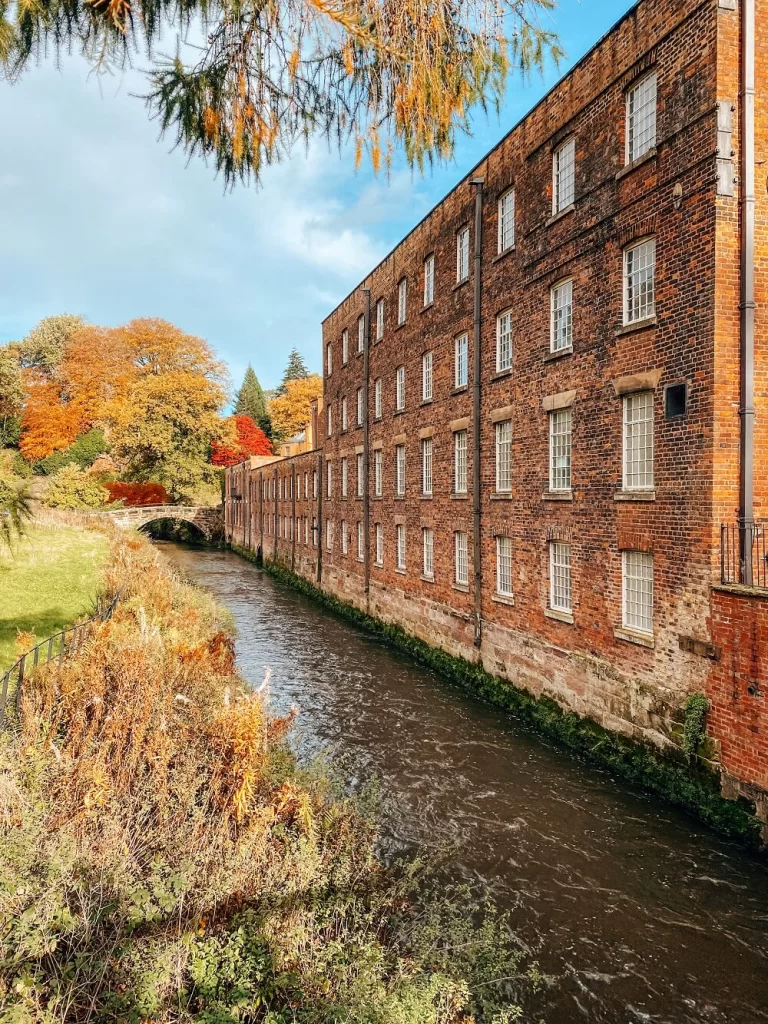
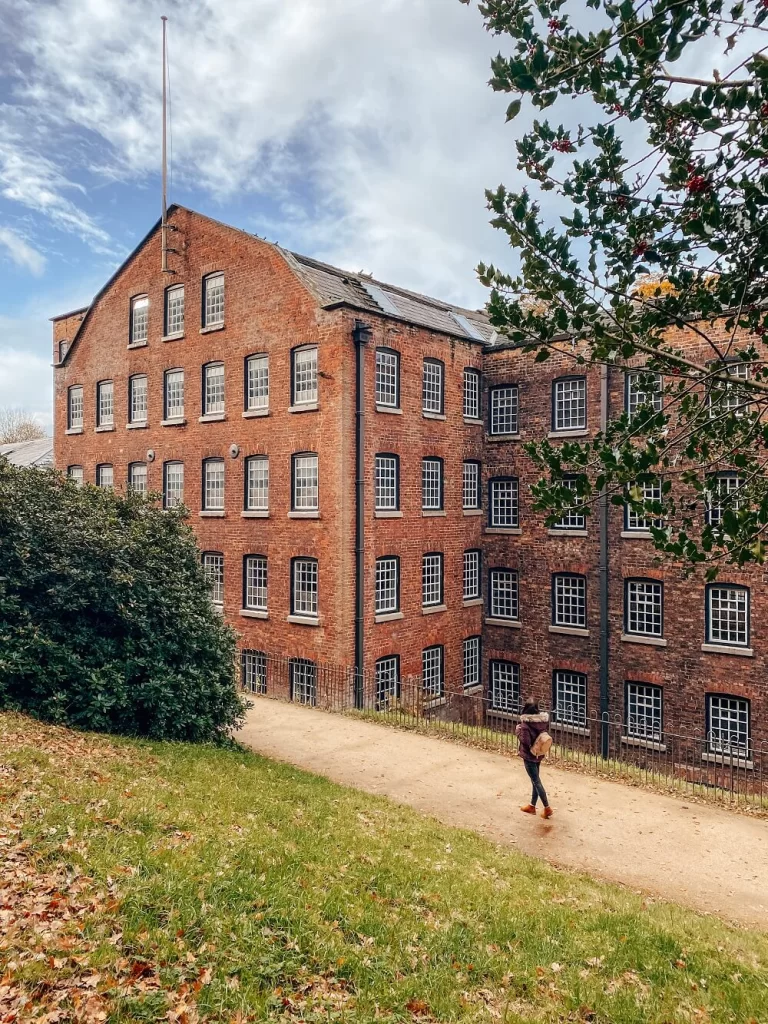
Workers of Quarry Bank Mill
As you would expect, the owners of the Mill had links to colonialism and slavery so the National Trust decided to provide visitors with more information on these important topics.
A ton of workers were required to keep the Mill and the business running. Other than general laborers, the Mill also needed skilled workers such as engineers, mechanics and clerks. Therefore, workers weren’t necessarily locals but rather arrived to work at the Mill from all over the country. It was inevitable that Styal had to develop to accommodate these workers. Later, two chapels, a shop, a school and even a pub were built.
Most of the mill workers were actually women and children. Shockingly, two-thirds of the workforce were children or in other words ‘young apprentices’. The majority of them were orphans, but there were plenty of others who were sent by their families to learn about trading. Keeping the machines running was a very repetitive job, and even though it required good hand-eye coordination, it was still considered as an unskilled job. Therefore, the money these women and children earned was very little. Men on the other hand did the more technical jobs and/or supervised women and children. (You can read more about the child workforce further down).
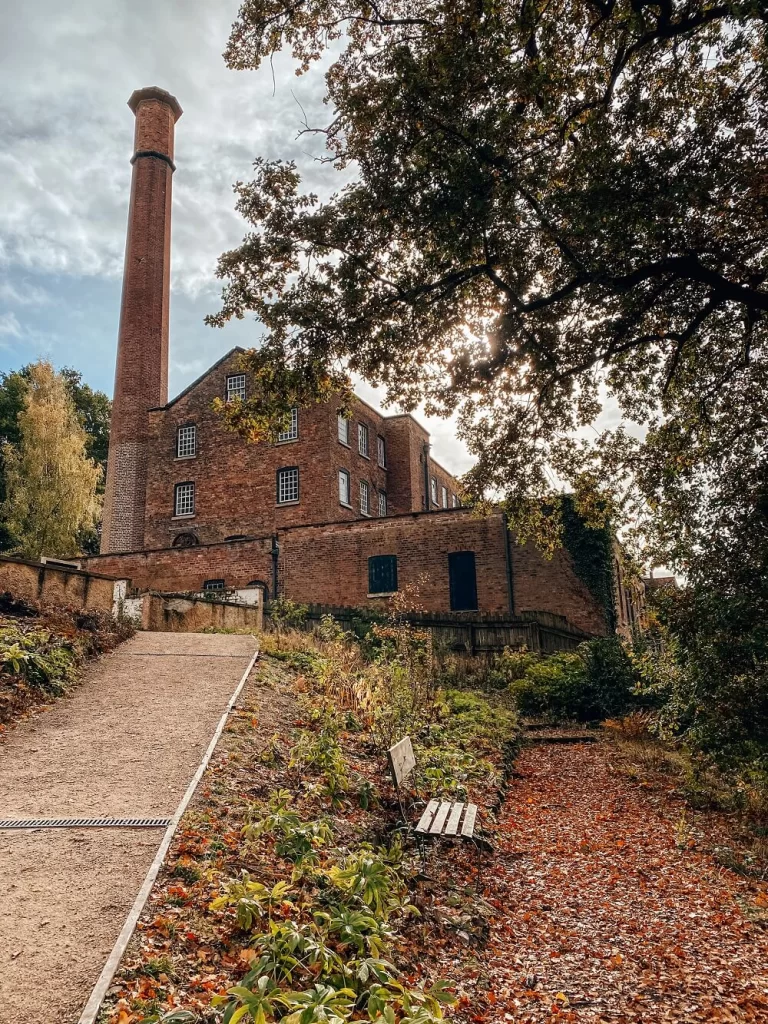

How to get to Quarry Bank Mill?
By Car: Quarry Bank Mill is located in Styal, Wilmslow, a few miles south-east from junction 5 of the M56. Use SK9 4PH in your SatNav and also follow the brown heritage signs directing you to the Mill. You can park your car just in front of the visitor centre.
If you don’t have your own car but would like to enjoy the freedom of a private vehicle, then you can always hire a car to get to Quarry Bank Mill.
By Train: If you decide to use public transport I highly recommend arriving by train. Styal Train Station is located about a 15 minute walk from Quarry Bank Mill. There are regular train services running between Liverpool Lime Street Station to Crewe or Wilmslow through Manchester. Make sure to plan your journey with Trainline which also provides information on bus fares.
Top Tip – If you’re planning on travelling across the UK by train a lot, then check out some Railcard options which allow you to save some pennies on your train fares.
By Bike: If you decide to hop on your bike there are plenty of national and local cycle routes running in close proximity to the Mill.
How much does it cost to enter?
Entry fee to Quarry Bank Mill is £22 for adults and £11 for children which includes access to all areas of the site. Further information on tickets can be found on the website.
If you’re a member of the National Trust you can visit this stunning garden free of charge. You can read about the different kinds of membership by clicking here.

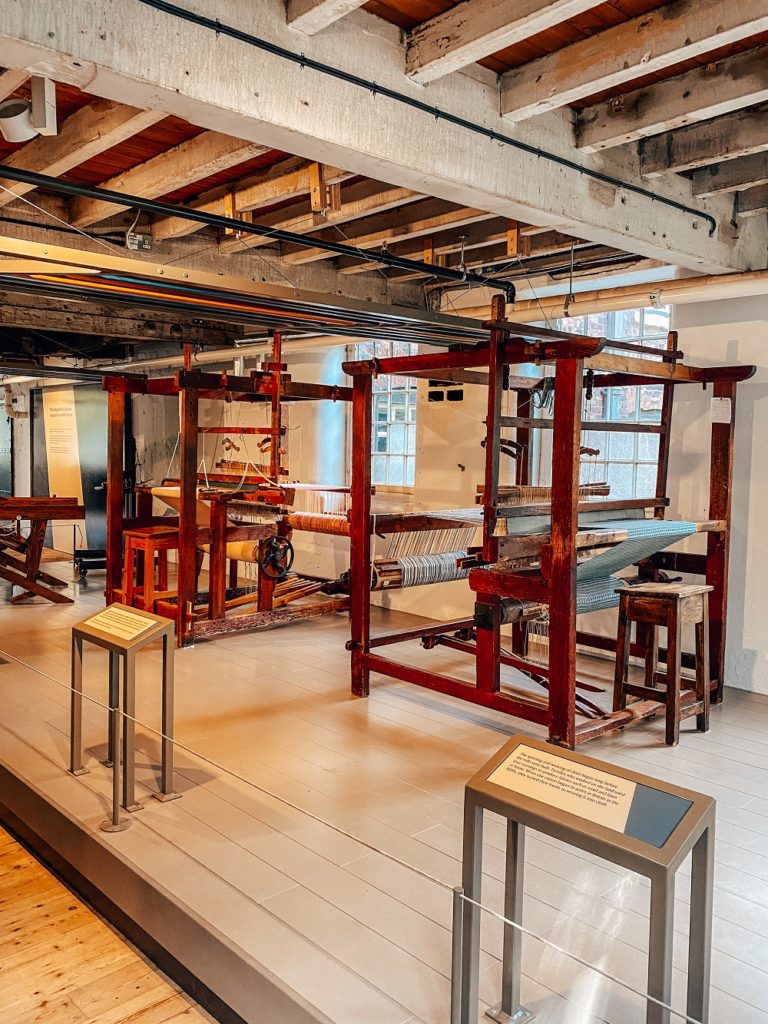
Things To Do at Quarry Bank Mill
The immediate area around the Mill isn’t massive, however you can still spend a good couple of hours exploring it. So here are the things you shouldn’t miss:
1. Take a Tour inside Quarry Bank Mill
I highly recommend taking a tour inside the Mill. You’ll read more about the history of Samuel Greg and his family. You’ll learn about the workforce of the Mill and the working conditions these men, women and children endured. During your tour, you’ll expand your knowledge on the cotton trade, and you can even experience the machines in action.
We only spent a few minutes next to these machines, but could instantly experience the noise and feel the floor shaking under our feet. (Make sure to watch our YouTube video if you’d like to hear just how loud it was). Once the machines were switched off, we had a chance to speak to staff who revealed that these machines register in at 90 decibels (dB). For reference, sounds above 85 dB are considered harmful and by law your employer must provide you with protection and you must wear it!
Since cotton requires certain conditions to to be prepared effectively, employees had to work in very high temperatures for long hours. Since proper ventilation wasn’t available, they also inhaled the cotton dust which caused byssinosis, a lung disease.
Can you imagine working in these conditions for long hours day after day without protection and not being aware of how harmful the environment was?
I think we all know that innovative engineers played a key part in the early Industrial Revolution. The Mill provides you with information on how it was powered and you’ll be able to see the historic steam engines and waterwheel in action. (The original engines no longer exist. However, a similar one was purchased for visitors to admire).
Top tip – Staff are incredibly helpful and keen to answer any questions you have. So, don’t be shy and ask away!

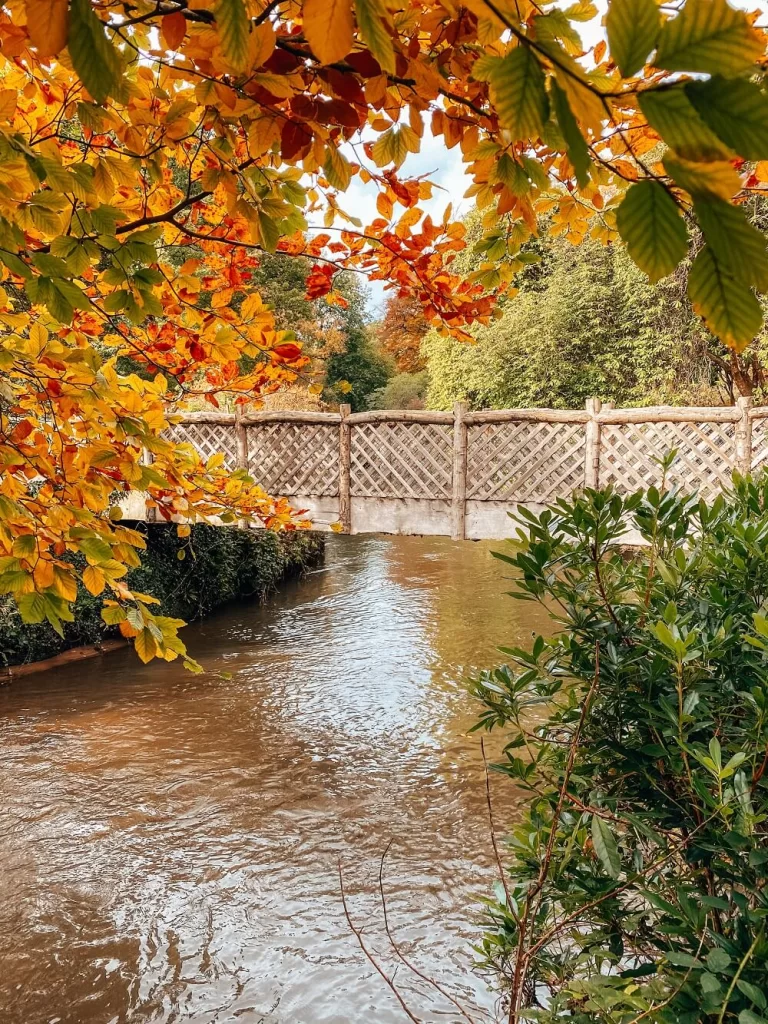
2. Walk Around the Lower Garden
As you probably know, I love exploring gardens. So, of course walking around the gardens of Quarry Bank Mill and seeing the magical colours of autumn definitely made the visit even more special.
The gardens were created by the Greg’s for pleasure purposes and of course to show off their wealth. You’ll find several types of rhododendrons, flower beds and other ornamental features. Apparently they also bred new varieties of rhododendrons and named them after family members.
Since I went during autumn, my favourite area was the little garden bridge crossing over the River Bollin with the tree next to it painted in a million shades of orange. In the distance there’s another stunning tree covered in hues of red. The footpath will lead you towards it so make sure you snap a few photos here.
Although I fell in love with the garden in autumn, I imagine this garden is also amazing during the blooming season of spring.
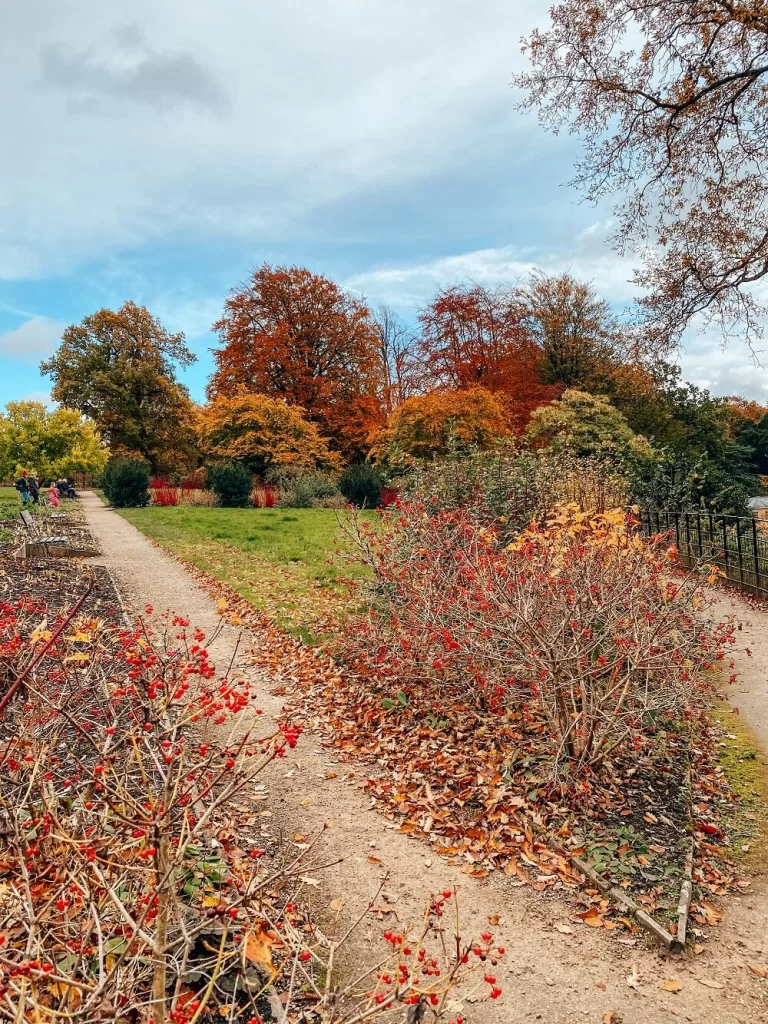
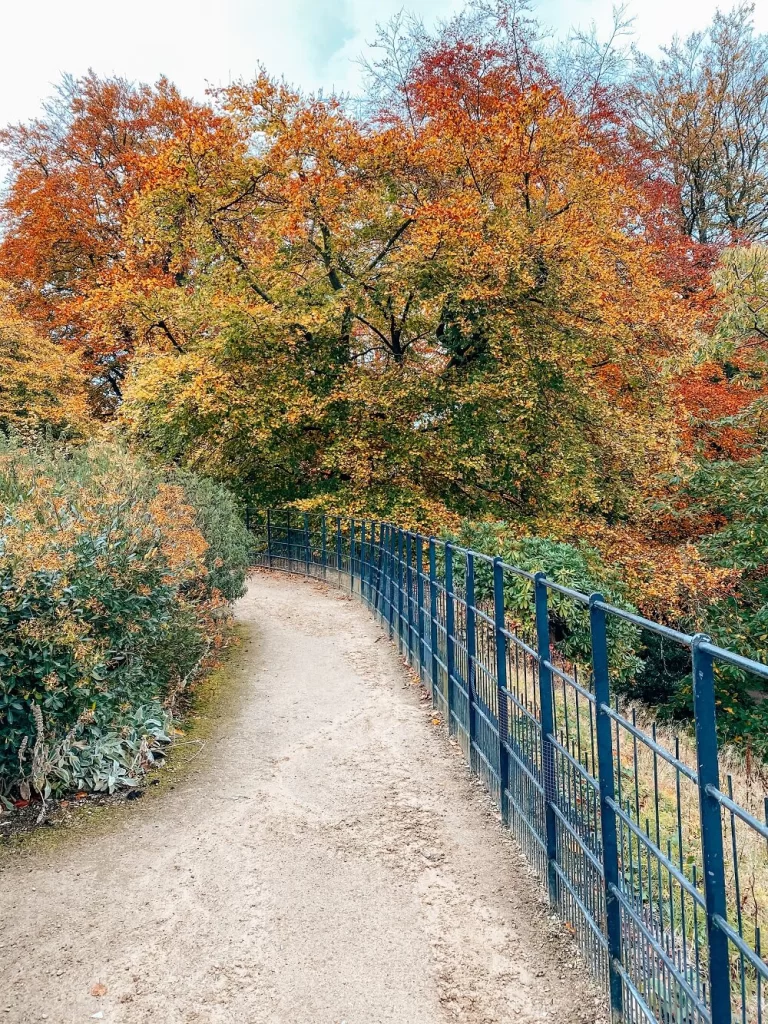
3. Explore the Upper Garden
Make sure you walk around the Upper Gardens which offer the most stunning views of the Mill. (As you can see from my feature photo!). The construction of this garden definitely took advantage of the natural landscape and made sure that it provided the most amazing views of the Mill.
Particularly in autumn, the colours of the trees surrounding the Mill are just utterly spectacular.
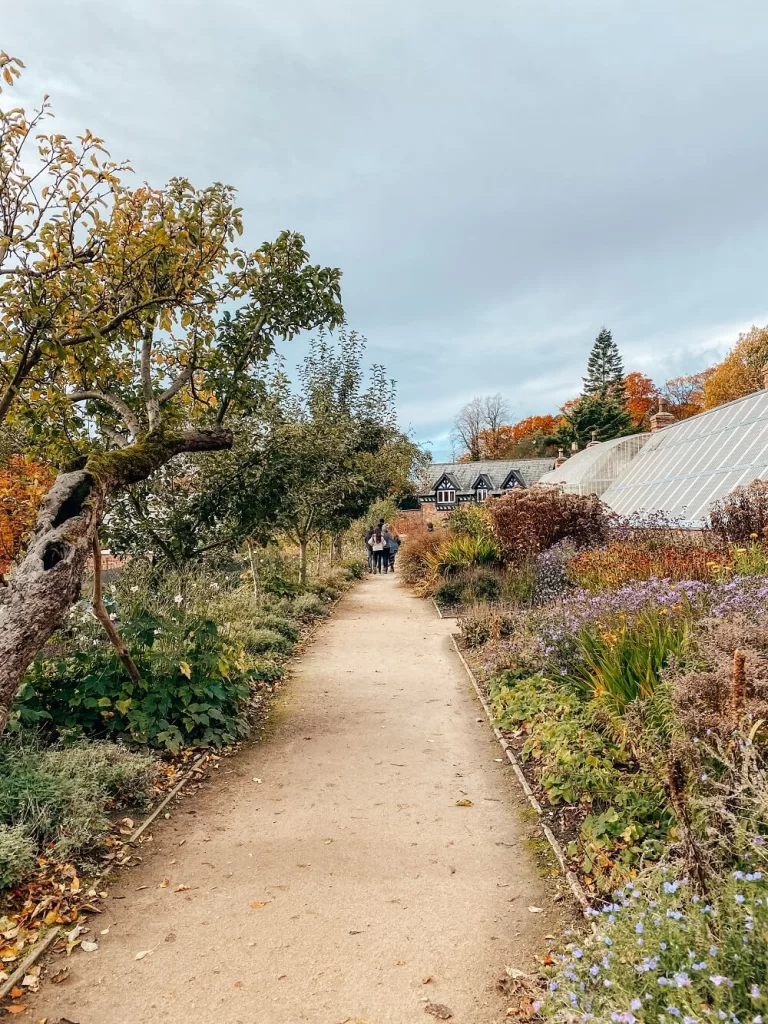

4. Have a Wander Around the Kitchen Garden
You can also explore the Kitchen Garden and glasshouses located within the Upper Garden area.
The Greg’s created this kitchen garden to be self-sufficient. Their workforce was also encouraged to do the same and grow their own vegetables in their gardens. You’ll see and smell the seasonal herbs and vegetables that still grow here.
In the restored glasshouse you will also see a range of exotic fruit and vegetables that again shows off the Greg’s wealth.
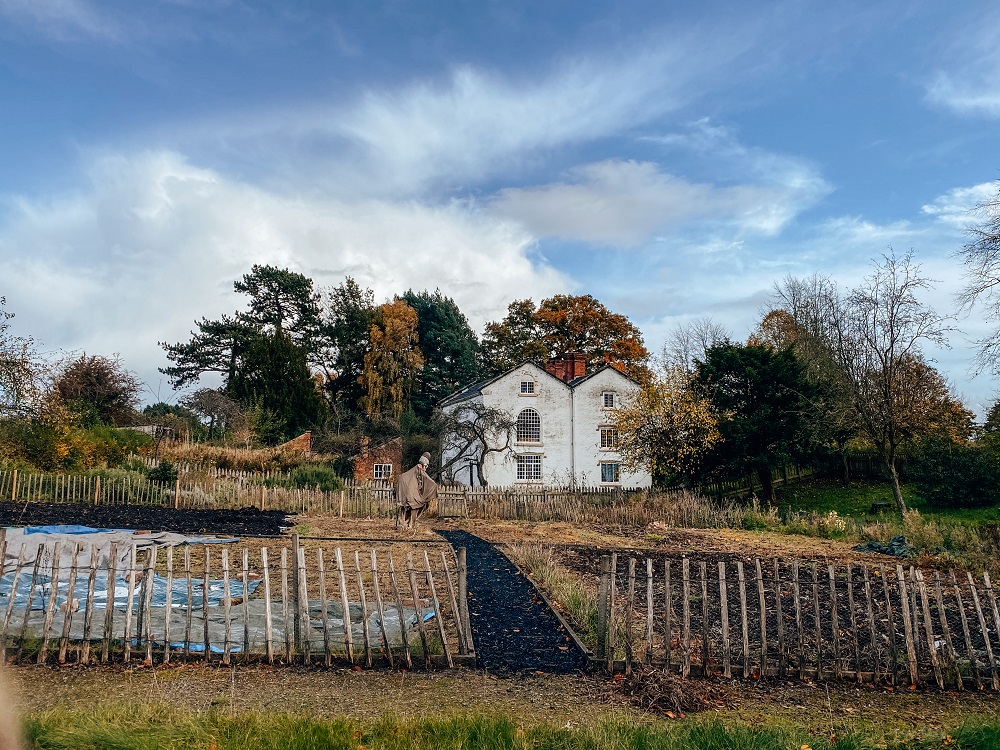
5. Take a Tour Around the Apprentice House
As I mentioned at the start, two thirds of the Mill’s workforce were children. They were a mix of orphans and those who’d been sent by their own families to learn. Some of them were as young as 8 years old working long hours at the Mill.
Did you know? – Back then you could have apprentices from the age of 7 by law. In order to determine that a child was the correct age, they were asked to try and reach over their head and touch the tops of their ears. If they could complete this task, they were considered developed enough to carry out the work. They then worked at the Mill until they reached the age of 18 or 21.
Since they were apprentices, they didn’t get paid. However, they could work overtime and earn 1 penny per hour. This money was saved up for them over the years, so when they finished their apprenticeships they could start their lives with the money they had saved up. However, they also had to pay fines if they made mistakes, which was used as the main punishment instead of beatings. Staff told us that the very small children often had to climb underneath the working machines to collect loose cotton, which was a very dangerous job.
To house them, Greg built the Apprentice House, providing a home for about 90 children. They received basic education 3 times a week and were allowed some recreational time. Even though the house had plenty of runaways, punishments and accidents, they were still taken care of better than at other mills. The apprentice system ended in 1847.
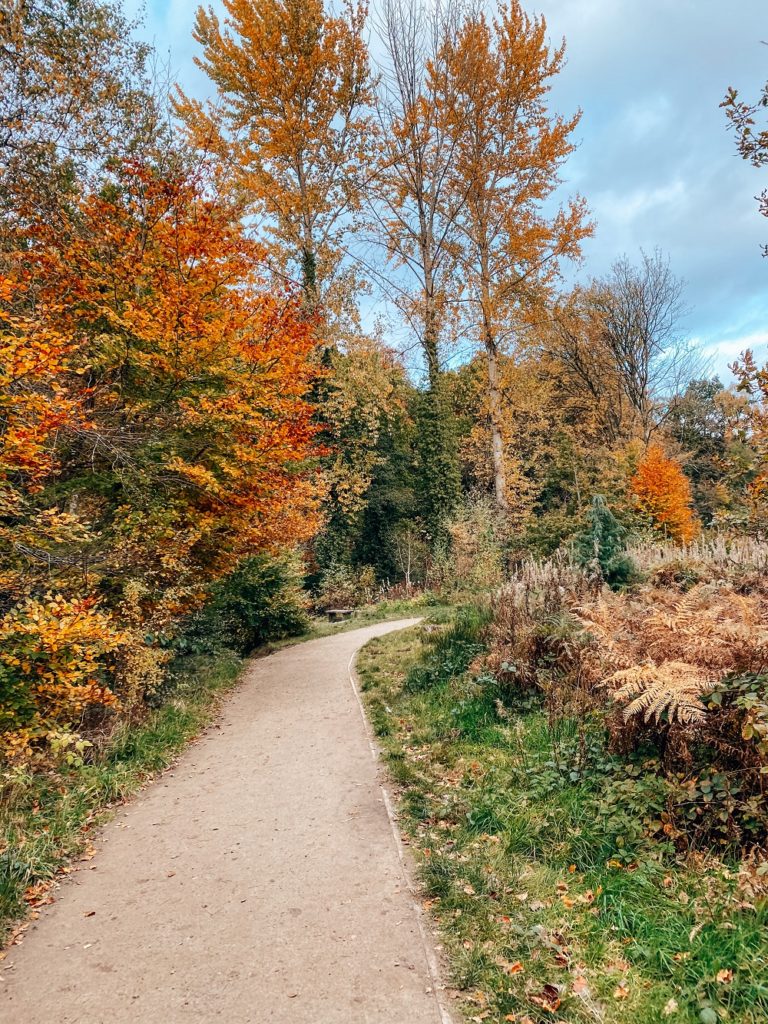

Additional Things You Should Do
Once you’ve learnt about the history of the Mill and explored the gardens, make sure you don’t head home straight away. From Quarry Bank Mill, there’s a footpath leading into Styal village with additional things to see and do.
6. Explore Styal Country Park
The same path that leads you to Styal village was used by workers of the Mill every day. You can stop by the village hub and check out the exhibition about the lives of the workforce. Since Styal is still home to over a thousand people, please be respectful when exploring it.
You can also head into the woodland and follow the meandering River Bollin around Styal Country Park. This is a buzzing park, filled with families, couples and dog walkers enjoying the beauty of the park. Just a little warning, there are many steep steps along the route but you’ll cross the river plenty of times on adorable bridges. Some sections can get seriously muddy so make sure you’re prepared with weather appropriate footwear.
The park is beautiful in any season, but I highly recommend a visit during autumn to see the magical colours of the leaves.
Did you know? – Landowners at the time were very much into introducing exotic plants and trees, so don’t be surprised if you stumble upon some western redwoods, a giant sequoia and huge larch when exploring the woodland.
7. Plane Watching at Manchester Airport
If you didn’t know already, I very much enjoy landing at dangerous airports (like we did in Madeira) or just plane spotting in general (like we did in St Maartin / St Martin).
Even though there are a few locations where you can spot planes at Manchester Airport, the most popular one is possibly the ‘South Side’. There’s a footpath running along the southern edge of the airport. You can reach it through Styal Country Park or from the village itself. Obviously, it’s fenced, however there are some mounds you can climb up to and spot planes landing or taking off without the fence obstructing your view. With a great camera you can take some fantastic shots of the planes.
Top tip – Make sure you check the arrival / departure times on the website to catch some of the bigger planes!
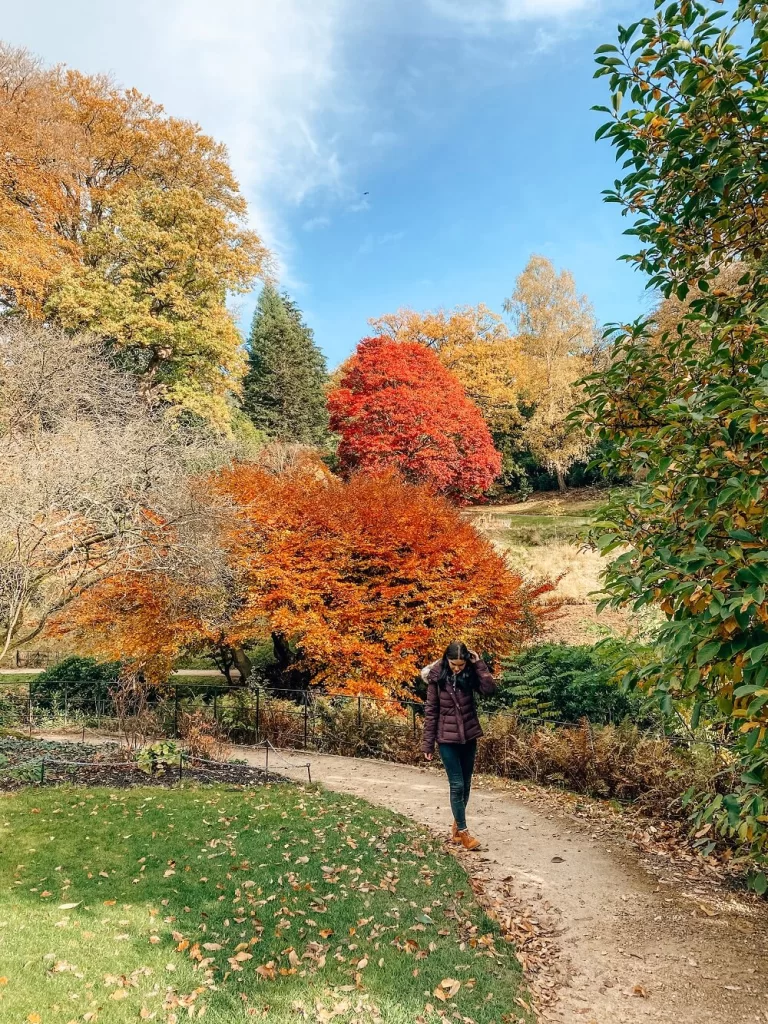

Additional Places to Visit in the Area
If you’d like to visit other beautiful gardens and estates that are less than an hours drive away from Quarry Bank Mill then make sure to check out some of my other blog posts:
Dunham Massey – Explore a historical country house, stroll through a beautiful garden and watch deer casually roaming around you at Dunham Massey. You can read about 6 things to do when visiting the Dunham Massey.
Chatsworth House and Gardens – Explore Britain’s favourite country house and thousands of acres of surrounding parkland.
Tatton Park – Owned by the National Trust, Tatton Park is a beautiful historical estate situated to the north of Knutsford. Since the estate has a mansion, a medieval manor house, 50 acres of gardens, an animal farm and 1000 acres of deer park you can easily spend a full day there. You can read about 8 things you must do when visiting Tatton Park.
Lyme Park – This popular National Trust estate has everything you need for a perfect day out: a glorious house filled with history, a magical garden packed with colourful flowers and unique features, a sanctuary packed with deer, many walking trails and stunning views of the surrounding area.
Arley Hall and Gardens – Explore 500 years of history, a beautiful formal garden and a lovely woodland walk all in one place. You can read about 6 features not to miss when visiting Arley Hall.
Final Thoughts on Quarry Bank Mill
As you can see, exploring the Mill and its surrounding area is definitely a perfect day out. The best part is that it offers you with plenty of different activities and unique experiences, and you won’t go home disappointed!
Have you ever been to Quarry Bank Mill before? Which season did you visit the garden in and how much of the area did you manage to explore? Let me know in the comments below.
Now, let your adventure begin,

Our Top Travel Resources
Accommodation: For hotels we always use Booking.com and Hostelworld for hostels. We also book longer stays on Airbnb or Vrbo.
Flights: To find the best flight prices we always check Skyscanner, Google Flights or WayAway. Then we also check the airlines’ websites too for comparison.
Car Rentals: We use Discover Cars when we want to rent a car as it compares local, national and international companies.
Activities: If we book organised tours we always check either GetYourGuide or Viator.
Foreign Currency: Whenever we can we prefer to pay in local currency and for that we always use our Wise card. We can easily withdraw money from the ATM or pay by card at most shops and restaurants.
Travel Insurance: We never go anywhere without travel insurance. You never know what will happen on your trip, so good travel insurance like SafetyWing can protect you in case of injury, illness, theft and cancellations.
eSIM and VPN: To get data abroad we use Airalo which is an app that allows you to download a prepaid eSIM to your phone in over 190 countries. Make sure to have a VPN to avoid hackers accessing your personal data when using public WIFI. We use Surfshark which is the only VPN that offers one account on unlimited devices.
Remember…It all starts with a Pin…

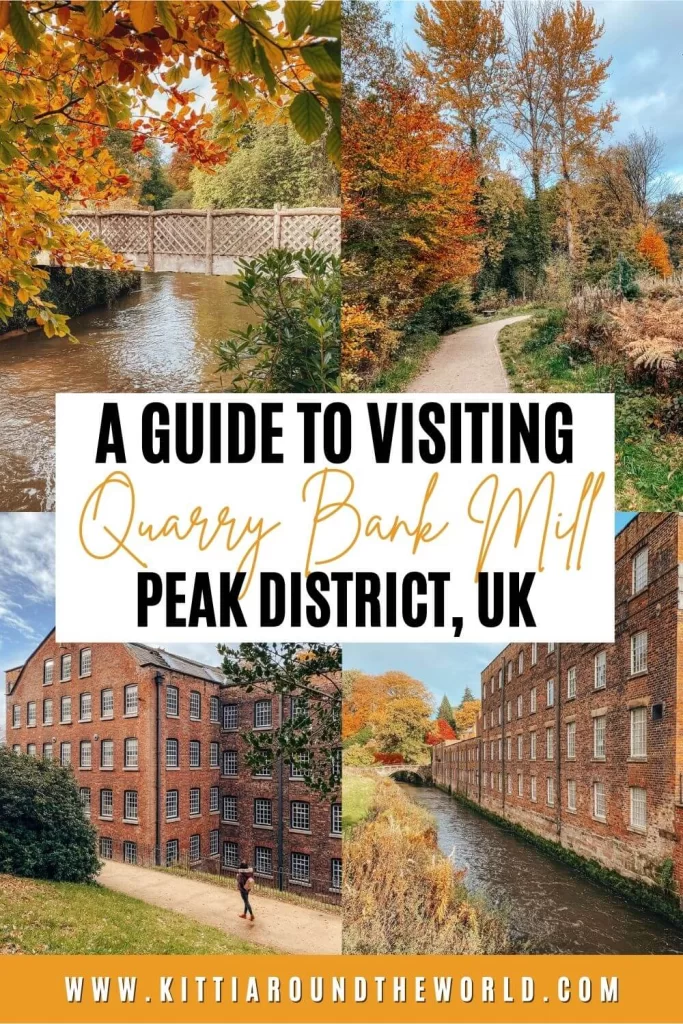



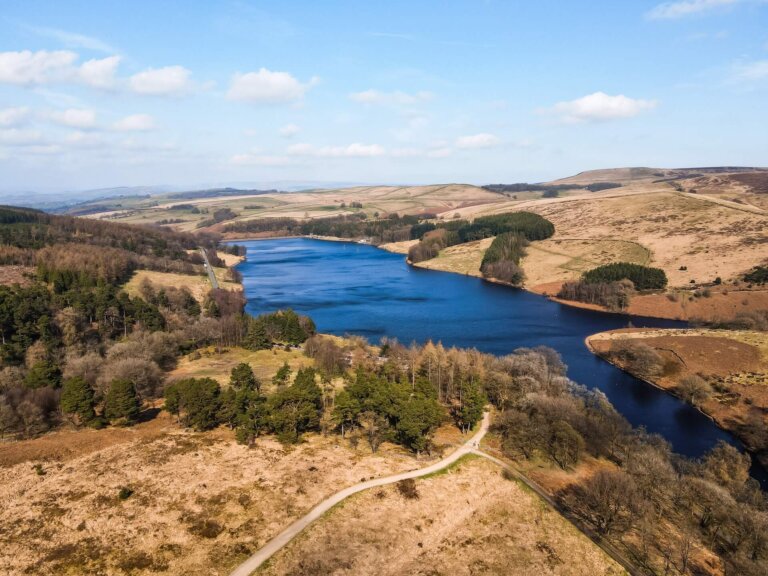
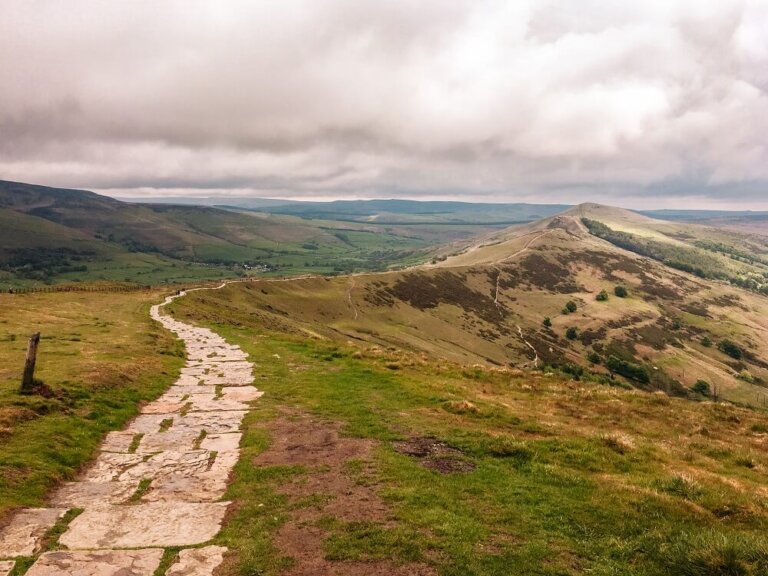
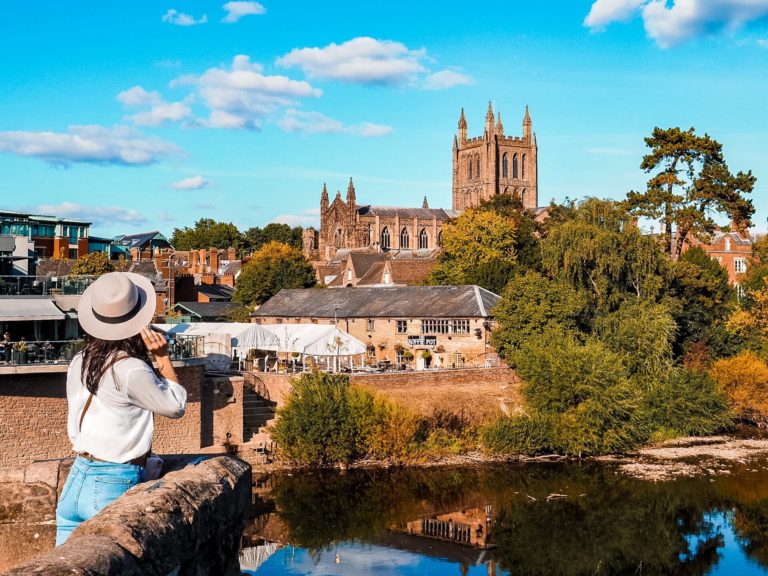
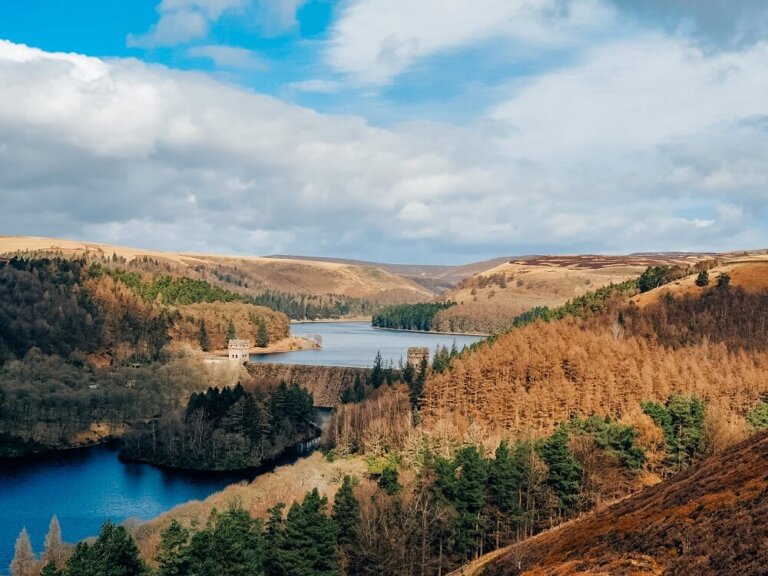

This looks like the perfect place for me to visit! The combination of history, gardens, beautiful surrounds and gorgeous buildings – just divine!
It’s a beautiful place indeed and I’m sure you’ll enjoy your trip and you won’t go home disappointed!
This is a really cool place to visit – I’ve never heard of it before. It looks like you had most of the grounds to yourself and a great way to see some beautiful fall foliage
I didn’t think much of the place before we visited so it was a pleasant surprise! Luckily we could be on our own for the most part which made the whole experience even better!
The colours are wonderful! Such a great destination, with something for everyone.
I remember watching ‘The Mill’, which gave a really good idea of life there in it’s heyday.
I’m so glad we decided to visit the Mill in Autumn! The tv show is definitely on my watch list, would really love to see how they lived and worked back then!
Quarry Bank Hill looks gorgeous! Definitely adding it to the list of places to see in England.
It is such a beautiful place. I’m sure you’ll enjoy it a lot!
The colors in your photos are fantastic! I really love the architecture of Quarry Bank Mill 🙂
Thank you so much! I really enjoyed taking photos this autumn. And yes this was the first time I said to a mill that it’s actually beautiful 🙂
Love the pictures and find the plane watching gif and suggestion hilarious! Looks like a cute place to spend the day.
Thank you so much! Yes I think plane watching is such a fun activity I think everyone can enjoy it!
Such a lovely blog post. I’ve only been to London and would just looove to be able to explore more of England in the future.
As much as I love London, I love the countryside of England even more! Definitely come back and explore some national parks, you’ll have a fantastic time!
Really interesting history and beautiful photos. Looks like a wonderful time of year to visit.
Yes I think learning about the history of this place was very interesting and important! I recommend visiting this place during autumn it’s stunning 🙂
What a beautiful place! The autumn colours are stunning! This was a super informative post and really well-written. Loved it 🙂
Thank you so much for the lovely comment Caitlin! I’m so happy that you enjoyed reading my post 🙂
Loving the fall vibes in this post! Such pretty colors, I wish it would start to feel like fall where I live!
Thank you so much! I’m happy we could make the most of the beautiful autumn foliage because I think here we can slowly say goodbye to the season…
This looks like a really cool spot to visit!